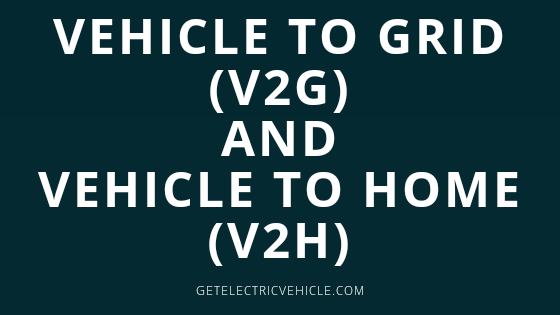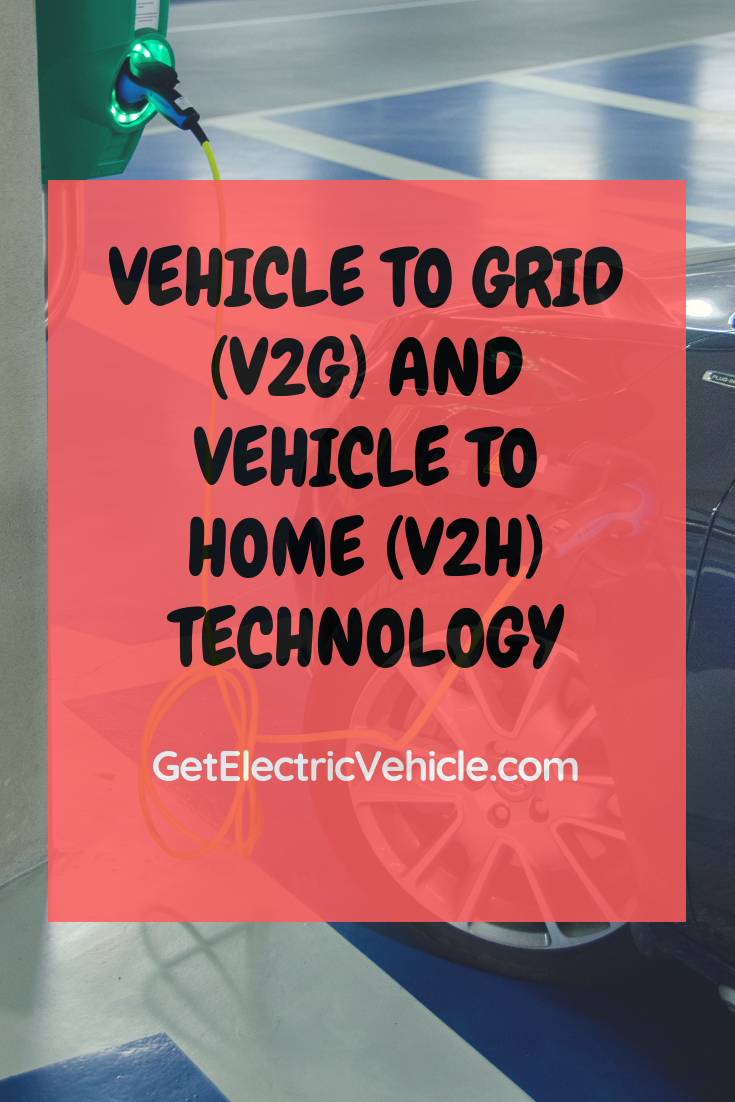
Vehicle to Grid (V2G) and Vehicle to Home (V2H) are two technologies in which those electric vehicles having plugin capability connect to the charging station, not only to draw but also to supply energy to the power grid.
EV Charging – Blog Series
This blog is the second part of EV Charging blog series. Please navigate to other parts of the series here
- EV Charging stations
- Vehicle to Grid (V2G) and Vehicle to Home (V2H)
- Impact of EV on power grid
- Vehicle to Vehicle (V2V) Charging
- Solar Charging of Electric Vehicles
Along with drawing energy from power grid an electric vehicle (connected with bidirectional converter) supplies power to the grid.
What is Vehicle to Grid and Vehicle to Home?
Electric vehicles are classified as Battery EV, Hybrid, and Plug-in Hybrid EVs. Battery EVs and PHEVs have plug in capability. Their battery can be charged from power socket. EVs connect to public charging stations or home charging setup when battery runs out of charge.
If charger is a bidirectional converter that could flow power from battery to power grid and vice versa then the direction of power flow can be controlled.

The concept of the vehicle to grid or electric vehicle grid integration is that an EV is connected to the power grid in such a way that energy can flow from and to the battery based on the power demands in grid.
The private charging stations that equipped with bidirectional charging facility can act as mini power generating stations if a few EVs are plugged in.
Let’s have a look at the load cure – demand vs time graph of a house, industry, an area, etc. Industrial load curve shows peak demands at day time also. Those peaks in loads can be reduced using power from Electric Vehicles connected to the grid.

At peak load time (6 pm to 11 pm) power system experiences relatively high demand. If there are a number of EVs connected to the grid then energy can be taken from the battery of electric cars to meet the demand of the grid.
The power that drawn from car battery depends on the factors such as
- State of Charge of battery (SOC)
- How long the car would be connected to charging port
- Battery capacity
Vehicle to Grid helps to meet energy requirements of the power system at peak demand by drawing power from the battery of Electric Vehicle.
An electric vehicle usually never drains the complete energy in the battery in a day. Average distance traveled by car in a day is 80 km and energy consumption would be around 0.125 to 0.4 kWh/km (depends on the vehicle).
An electric car of 60kWh battery capacity is capable of supplying a household of 3 kWh per day consumption for 20 days (ideally). What does this mean?
Most of the energy is being stored and kept unused in the battery of an electric vehicle.
If I own an electric car and I’m ready to have grid integration, then the car can be act as a generator as well as load. The vehicle will be connected to the home charging port which is a bidirectional converter.
If the vehicle is going to plug in overnight and energy required is already set, then the battery will be charged during off-peak hours and power flows from battery to grid during peak load time.
The battery of EV would have a capacity much more than that of uninterruptible power supply battery in a home.
How does grid integration of Electric Vehicle help the power utility
Grid integration helps power utility in many ways. Below are a few advantages they get from a bidirectional power flow from Electric Vehicle.
- Peak load shaving
- Load levelling
- Power system stability
- Reduced losses during peak hours
- Capacity reduction of generation at peak hours
Other related advantages also make them encourage V2G and V2H systems.
How does grid integration of EVs help vehicle owner?
An electric vehicle acts like a micro-generator as well as a load. As the number of Electric Vehicle increases power demand from the electric utility grid also increases.
Bidirectional charging stations help to draw power from battery of electric vehicle and supply to the power grid. Power grid incentivizes electric vehicle owners to encourage V2G so that the grid would be stabilized and owners of the car would have a reduced burden of charging cost.
Peak load shaving is an advantage of V2H technology. Load at peak hours hence the energy charges can be reduced by transferring power from battery of Electric Vehicle to the home.
Challenges faced by V2G and V2H
Why don’t use vehicle to grid and vehicle to home technologies widely?
We discussed the advantages of V2G and V2H technologies. Then why don’t we use the technology everywhere in electric mobility?
There are a few challenges in implementing electric vehicle grid integration. They are
- The reduced life of EV batteries
- Unavailability of bidirectional charging stations
- Reduced number of EVs
- Unavailability of right Government policies
Life of Electric Vehicle battery is a major concern in the EV market. The number of charge-discharge cycles affects how long a battery lasts.
Power flow to and fro battery might reduce the life of the battery. People go for V2G and V2H only if the potential of earning is more than the expense.
Bidirectional converters are not that popular as unidirectional EV chargers. As long as chargers are not standardized for bidirectional function, the process of V2G would lag.
Effective vehicle to grid happens only if the number of EVs are more. In addition to this, government policy should also have to be in favor of grid integration.
Next post : Impact of EV on power grid
How interesting. I didn’t know much about this. I don’t have an electric vehicle, but I wouldn’t mind getting one at some point.
Thank you. Please follow getelectricvehicle.com to know more about Electric Vehicles
This article about electric vehicles is so interesting! It answered questions I’d always wondered about. In the future I’d love to switch over to using an electric car.
Thanks DeGuzman.. I strongly believe that, in future you should definitely buy and Electric car